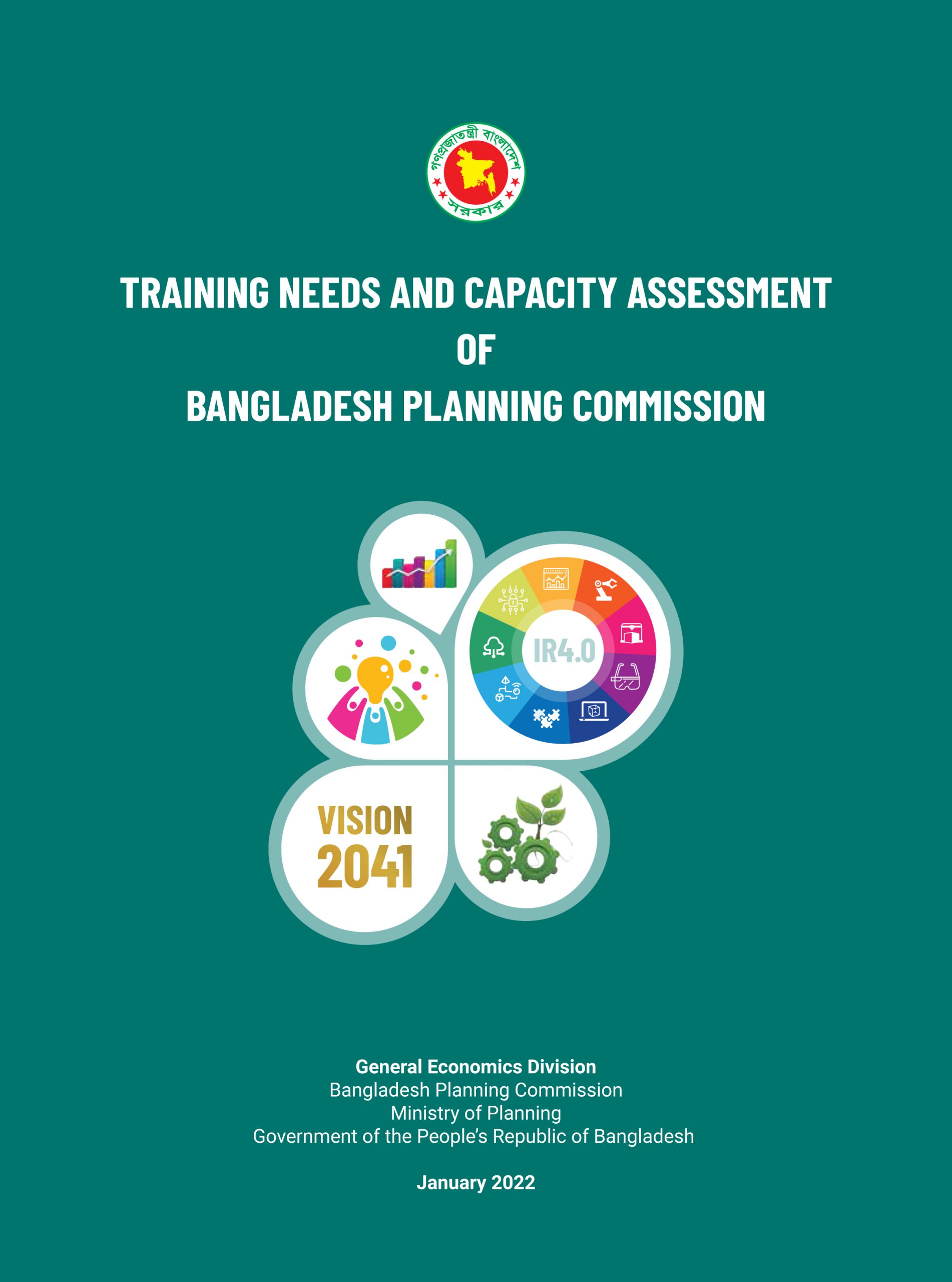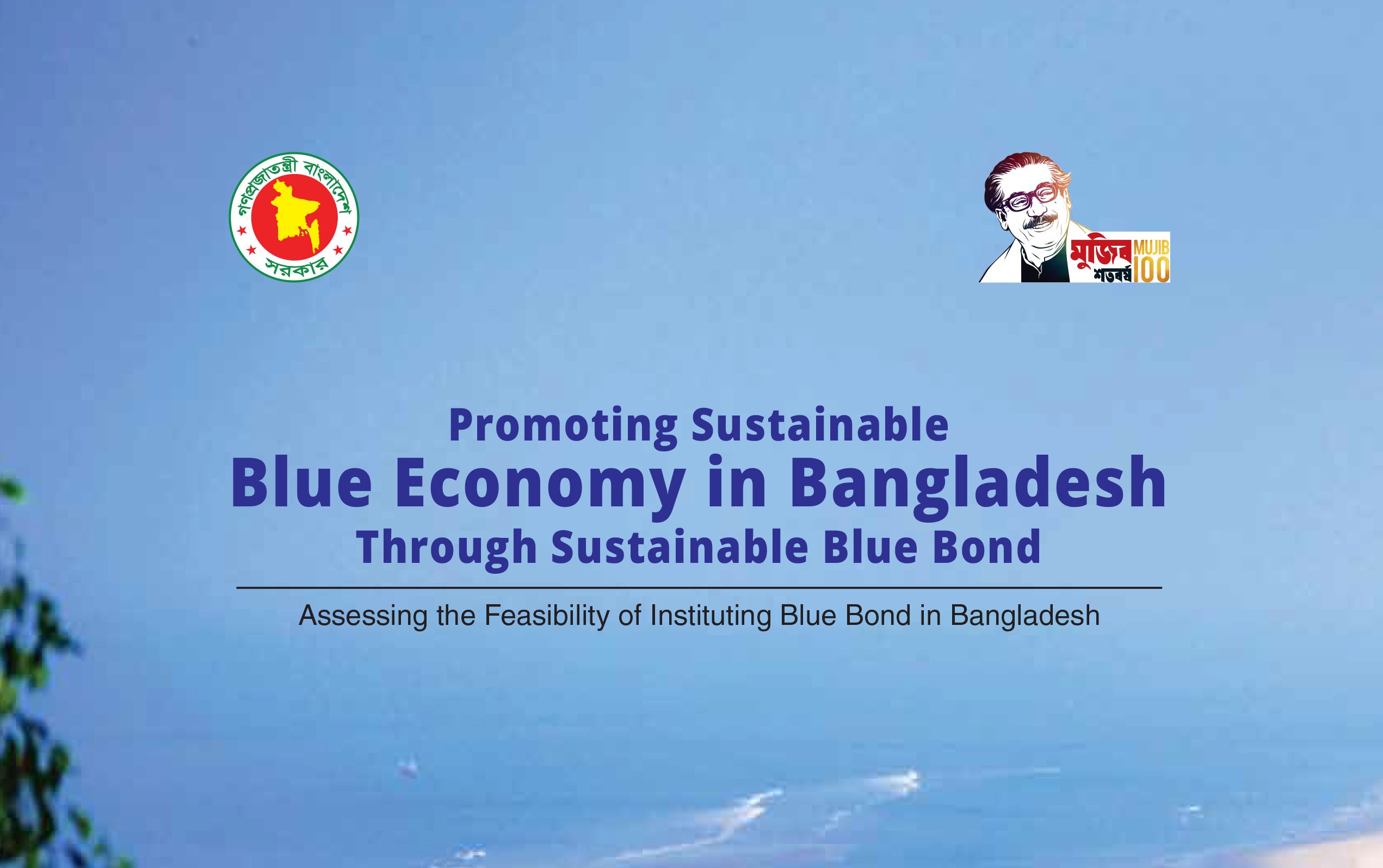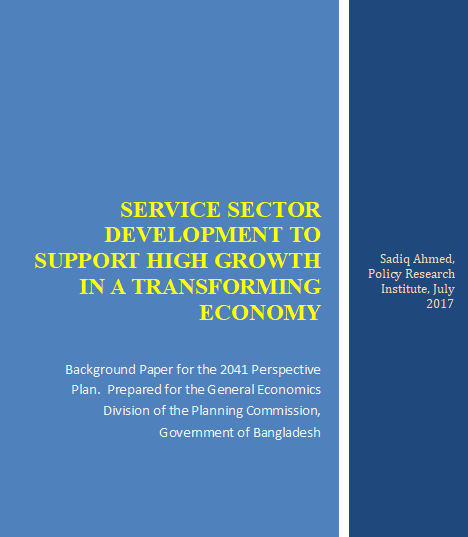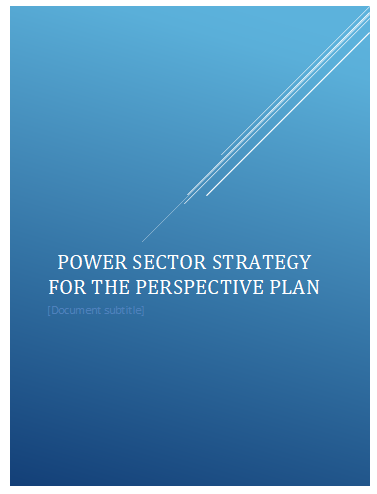The General Economics Division (GED) acknowledges the valuable contribution of all concerned from the Ministries/Division, Development Partners, NGOs, and CSOs in preparing the Monograph-7. The GED carried out the task under the close guidance of the Hon'ble Member (Secretary), GED. I also appreciate the United Nations Population Fund (UNFPA) for providing necessary technical and financial support in preparing and printing the Monograph through the "Strengthening Capacity of the General Economics Division (GED) to Integrate Population and Development Issues into Plans and Policies (IPDIPP)" Project. The Monograph-7 has been prepared by compiling three policy papers and the outcomes of the policy dialogues conducted by the IPDIPP project on- i) Strategic Framework to Reap Demographic Dividend through the Implementation of the 8th Five Year Plan; ii) Addressing gender differentials in labor force participation to reap the demographic dividend in Bangladesh, and iii) Urban Sustainability Through Good Population Density Approach.

Monograph 6: Population Management Issues
 August 2, 2022
August 2, 2022 Population goals have been reset at 3 zeros-zero 'unmet need' for FP and SRH, zero preventable maternal mortality, and zero gender-based violence and harmful practices. Bangladesh has a well-recognized history of achievements on population goals but near-term trends underscore the complexity of 'last mile' challenges. Significant service disruptions during the Covid-19 pandemic have exposed the systemic weaknesses of FP and SRH services. Compounding such weaknesses are conflicting policy signals on population goals one of whose unintended consequences has been a decay in the field presence of the family planning workforce. A systemic vacuum in urban primary healthcare and lack of government oversight over the dominant role of the private sector in FP and MNCH also serve as critical barriers to realizing the commitments for 3 zeroes. Policy and action priorities derived from an effective reading of ground realities are a strategic urgency. The approach has to be one of the phased action plans, innovative engagement with key stakeholders including the youth, and policy advocacy to establish broad policy buy-in

Training Needs and Capacity Assessment of Bangladesh Planning Commission
 July 25, 2022
July 25, 2022 Training Needs and Capacity Assessment (TN&CA) study conducted across the Sector Divisions (SDs) of Bangladesh Planning Commission (BPC) is the first and inimitable attempt to assess the capacity and skill of the SDs for effiently handling the sectoral performance. It is accomplished under the project “Strengthening the Capacity of Development Planning Superstructure for Achieving the Developed Country Status (1st Revised)” being implemented by General Economics Division (GED). The report has portrayed the present status of training organized by the SDs and identified the future needs for capacity enhancement and skill development of the individual officers and the SDs as a whole. Findings of the assessment, as encapsulated in this report, have provided guidelines with regard to the issues pertaining to skill development and categorized future training plan of the SDs. The report has identified the gaps in the training with an objective of sustainability.

Assessing the Feasibility of Instituting Blue Bond in Bangladesh
 June 8, 2022
June 8, 2022 This report critically evaluates the possibility of promoting the blue economy in Bangladesh through the issuance of blue bonds. The report discusses the blue economy, sustainable and innovative financing strategies, and sustainable bonds for sustainable financing, especially blue bonds. Besides, it explains the opportunities and challenges to initiate the blue bond in the bond market of Bangladesh. In the end, the report proposes required policy actins to introduce blue bonds in the bond market of Bangladesh to finance ocean-based projects and support a sustainable blue economy in the country.

Strategies for a paradigm shift in agriculture, aquaculture, animal husbandry and forestry for food security and nutrition in Bangladesh
 February 18, 2021
February 18, 2021 The overall objectives of the study is to focus on emerging issues and challenges in Bangladesh agriculture in the context of the national objective of ensuring food security and adequate nutrition standards over the next decades.

Services Sector Strategy for a Transforming Economy
 February 18, 2021
February 18, 2021 The services sector is an integral part of the Bangladeshi economy. It provides a convenient bridge for the transformation of the rural agrarian economy to a primarily urban industrial economy. In a typical transformation path, as the agriculture sector modernizes, labor transits initially from agriculture to mainly low-skill rural and urban services. These services, mostly informal in nature, provide a cushion for labor absorption as agricultural employment shrinks. The labor thus released from agriculture eventually either retrains and gets distributed to manufacturing and modern services, or stays put in informal services. The growth of services activities and employment is primarily a function of demand. In today’s global world where labor and capital are mobile, both domestic demand and world demand matters for the expansion of the services sector.

Science, Technology & ICT
 February 18, 2021
February 18, 2021 Since its liberation after a bloody war against the Pakistani military dictatorship, Bangladesh has gone through many ups and downs but particularly since the late 1990s the country has shown great promise by pushing ahead with its development agenda vigorously. Poverty has declined rapidly and economic growth is showing an upward trend reaching between 6 and 7 percent per annum in the second decade of this century. It is realistic to expect a growth rate of 8 percent. However, technological progress and innovation, especially in the ICT sector will be crucial in achieving rapid inclusive growth.

Reducing Cost of Doing Business to Spur Domestic and Foreign investment September 30, 2017
 February 18, 2021
February 18, 2021 Bangladesh has been on a transformation path with the manufacturing sector driving exports and job growth resulting in sustained robust average growth in both GDP and in per capita GDP, facilitated by some conducive policy reforms. From here on, the prospects of rapid growth with extensive job creation requires a high-performing and diversified manufacturing sector which will remain, for some time to come, the main driver of growth in Bangladesh.

TRADE AND INDUSTRY STRATEGY IN THE 21ST CENTURY FOR SUSTAINED RAPID GROWTH AND JOB CREATION
 February 18, 2021
February 18, 2021 The global business community now recognizes Bangladesh as a nation of dynamic first generation industrial entrepreneurs who can compete with established players in the world market – export performance of readymade garments (RMG) is the classic example. Bangladesh has become a global powerhouse in low-cost manufacturing. But profound changes are taking place in the global economy. A fast-paced technological revolution, the digital age, is under way which will eventually change the way we live, work, and interact with the global community.

Power Sector Strategy for the Perspective Plan
 February 18, 2021
February 18, 2021 The objective of this study is to determine the medium-and long-term energy needs of Bangladesh, from which sources these growing demands are expected to be met, and what should be the strategy to ensure that supply of power grows in line with the demand without becoming a constraint to growth potential of the country.

Poverty Report Draft 30Dec17 v1
 February 18, 2021
February 18, 2021 The proposed new twenty-year Perspective Plan (2021-2041) of Bangladesh envisions that the country will achieve the status of an Upper-Middle-Income country by 2031 and, more ambitiously, of a High-Income country by 2041. As befitting such high ambitions, the Plan also proposes to make Bangladesh a practically poverty-free country by the end of the plan period. It is envisioned that extreme poverty will be completely eliminated by 2031 and moderate poverty would come down to the negligible level of no more than 5 percent by 2041.

PerspectivePlan-youth-women-children
 February 18, 2021
February 18, 2021 For the last few decades or so, Bangladesh has attained moderately high GDP growth with impressive progress in a number of socio-economic indicators. The country expects to graduate out of the LDC status by 2021 and aspires to reach the upper middle income status by 2030. After successful experiences of accomplishing a number of Millennium Development Goals, the country now aims at progressing towards attaining the Sustainable Development Goals, targeting towards elimination of poverty, reducing inequality and empowering the less privileged groups of people. The cornerstone of such an inclusive development strategy is a robust one of job creation through employment intensive growth which will absorb the army of additional workers that will enter the labour force due to the demographic transition of the country.

Paper 06_Global Trade_Selim Raihan_22052018
 February 18, 2021
February 18, 2021 Bangladesh economy’s impressive growth performance over the past two and half decades has raised hopes about the country’s graduation from the least developed country (LDC) status and its transition towards an upper middle income country in the near future. In 1990, in the global ranking of top gross domestic product (GDP) of countries (in PPP, constant 2011 US$), Bangladesh’s position was 50th. Impressively, by 2015, Bangladesh could improve its position in this ranking to 31st. According to the PWC projection, Bangladesh should become the 28th largest economy by 2030 and 23rd largest economy by 2050.

GED STUDY NO. 12 – TRANSPORTATION AND QUALITY INFRASTRUCTURE_FINAL (1)
 February 18, 2021
February 18, 2021 The transport sector plays an important role in the socio-economic development of Bangladesh. Bangladesh witnessed rapid growth of transport sector since independence. The overall annual growth rate was nearly 8.2 percent for freight transport and 8.4 percent for passenger transport. Even then the transport intensity of the Bangladesh is considerably lower than that of many comparable developing countries. The relative roles of transport modes are evolving with road transport expanding at the expense of railways and inland water transport because of its inherent technical and cost advantages.

Education Skills and Human Development 2041_Revised Final_ MMahmud
 February 18, 2021
February 18, 2021 Bangladesh government has embarked on a twenty years perspective plan 2021-2041 with the aim of achieving upper-middle income status by the year 2031 and higher middle income status country by the year 2046. The perspective plan sets its developmental goals with the view to eradicate extreme poverty, while attaining the status of upper middle status by 2031. It is assumed that past development achievements and favourable future growth prospects would make such goals towards realisation. However, the country faces many inherent development challenges that are documented in the national policy documents such as the 7th five year plan 2016-2020(SFYP 2015).

2041 Background Paper_Climate_DrSaleem (Final-2018)
 February 18, 2021
February 18, 2021 The economic cost of climate change is most acutely felt in developing countries like Bangladesh, one of the world's densest nations and also one of the most vulnerable to climate change. Bangladesh has achieved recent gains in the area of economic growth (growing consistently by 6% since 1996) that could be halted due to climate change. However, a 2010 World Bank study in partnership with the Government of Bangladesh (GoB) finds that climate related disasters continue to result in large economic losses — reducing economic growth and slowing progress in reducing poverty. The report highlights that over the past decade, approximately 0.5 – 1% of GDP has been lost to damages in infrastructure, livelihoods, and from forgone production.

14. Managing the Urban Transition in a Rapidly Growing and Transformation Economy August 2017 v1
 February 18, 2021
February 18, 2021 Urbanization and development are highly and positively correlated. Cities lead the growth engine owing to high economic density ((value-added per unit of space) and proximity to the factors of production. It is no accident that high- and middle-income countries are more urbanised and their urban areas have higher economic densities than low-income countries (Figure 1). The correlation between urbanisation and GDP is indicative of the productivity advantage of urban areas.

02. RI Bangladesh 2041 Study Employment and Labour Market Policies for a Maturing Economy [2nd Draft – Final]
 February 18, 2021
February 18, 2021 The basic objective of the present study is to develop a long-term strategy for productive employment in Bangladesh within the framework of the Perspective Plan for 2041. The paper is presented in three broad parts. While Part 1 provides an overview of the employment and labour market situation in the country, Part 2 looks at the future and presents projections of employment. Part 3 is devoted to developing strategies and policies for employment.

01. Good governance, democratization, decentralization of power and capacity building [1st Draft]
 February 18, 2021
February 18, 2021 The Government of Bangladesh is in the process of formulating the Second Perspective Plan of Bangladesh (SPPB) covering the period 2021-2041. Bangladesh is at crossroads of its development journey. Bangladesh may by default continue on a relatively ‘low-level equilibrium growth path trap’ oscillating in a band between 7% annual growth on the high and 5% on the low. This will happen with continuation of current policies and institutions. Alternatively, Bangladesh could very well escape the ‘low-level equilibrium growth path trap’ and accelerate asymptotically towards a ‘higher-level equilibrium 10-11% annual growth path’ which will take it to a per capita income of $12,000 by 2041 as declared recently (June 20, 2017) by the honorable Prime Minister and possibly exceed $20,000 in 2050 both at today’s prices.



